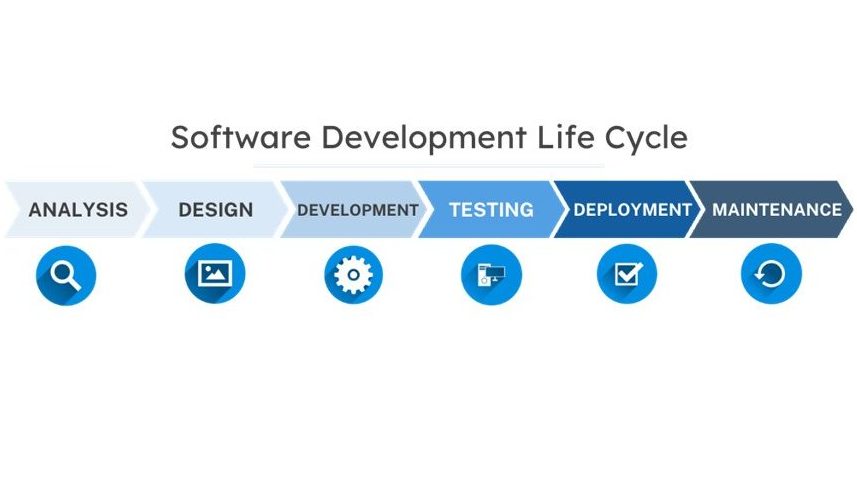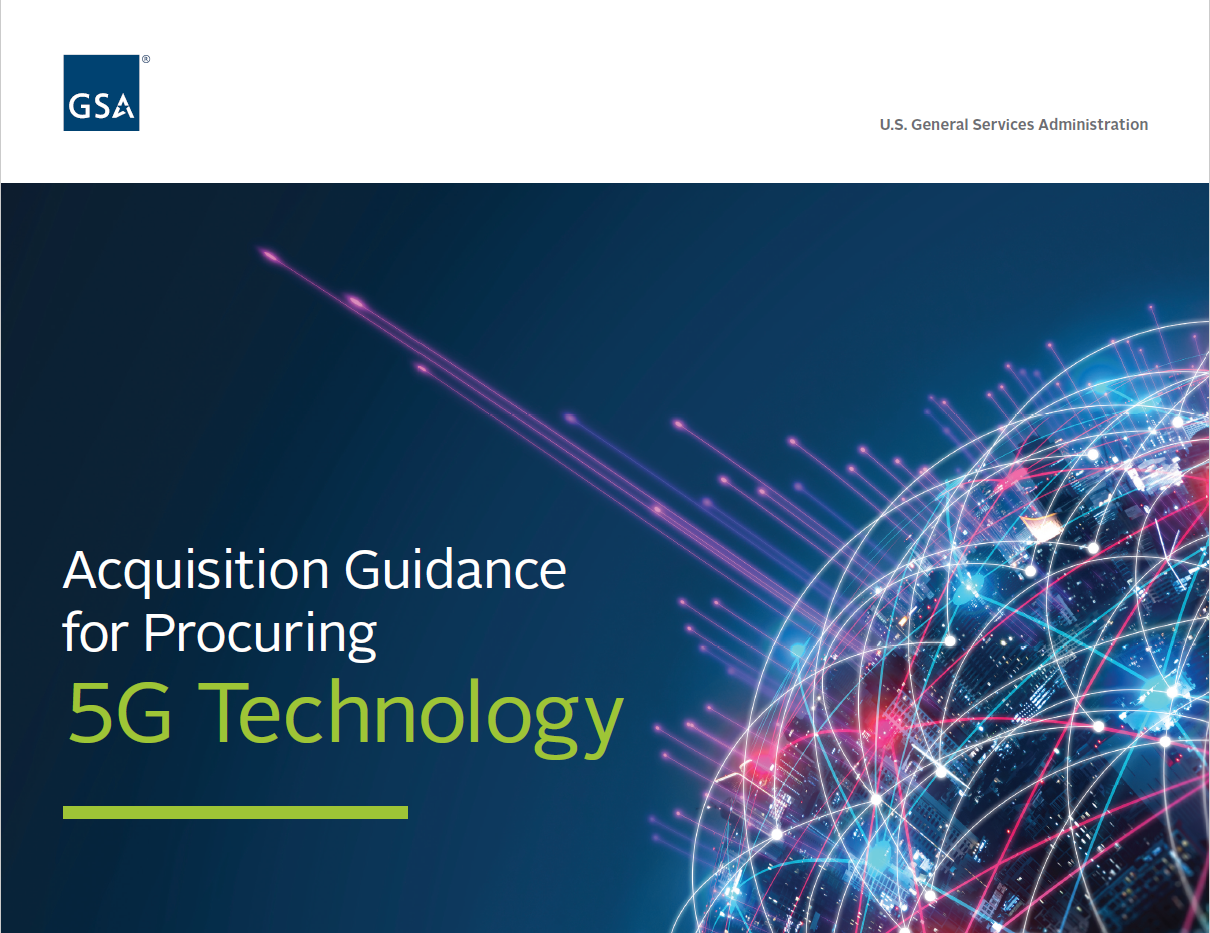In today’s fast-paced world, continuous learning and development are essential for individuals and organizations to stay competitive. With this in mind, we developed the comprehensive Training Courses Special Item Number (SIN) on the GSA Multiple Award Schedule, which provides government agencies with access to a broad range of training courses to enhance the knowledge, skills, and abilities of their employees.
This blog post is part of a series where we’re discussing each of GSA’s key IT Services SINs on the GSA Multiple Award Schedule. Each blog will discuss the benefits for agencies in using the solution, take a look at who is using it, and share an example of how an agency successfully used the SIN to achieve its mission.
Benefits of using the Training Courses SIN:
- Improved employee performance: Provides access to courses designed to improve employee performance, enhance skills, and build knowledge in a variety of IT areas.
- Staying ahead of the curve: Provides agencies with training on hardware, software, cloud, and other IT systems.
- Flexible learning: Offers flexible learning options, including in-person, online, and blended learning formats.
- Cost-effective: Helps agencies save time and money by providing access to pre-negotiated pricing with qualified vendors.
- Compliance: Offers compliance-related courses that help agencies meet regulatory requirements, such as cybersecurity training, ethics, and anti-harassment training.
Top agencies
Agencies invested more than $46 million through the Training SIN last year. Here are some of our biggest users:
- Social Security Administration
- General Services Administration
- Department of the Navy
- Department of the Air Force
- Department of the Army
- Department of Veterans Affairs
- Department of Agriculture
- Department of Defense
Use Case: How the IT Training SIN helped agencies quickly and easily install learning options during the COVID-19 pandemic
An agency needed to quickly install distance learning options for their employees during the COVID-19 pandemic. Using the IT Training SIN, they were able to contract with multiple vendors to provide virtual training, both customized training as well as commercial off-the-shelf solutions for employees.
The solution also facilitated the award of completion certificates for employees, and the agency was able to easily track which courses were most popular to then increase the availability of training in those subjects.
In another example, during the COVID-19 outbreak, a military base had to quickly deploy virtual courses for officers and enlisted personnel. They used the IT Training SIN for detailed leadership training by leveraging commercial off-the-shelf courses in leadership and program management.
This meant that even during an almost two-year pandemic, more than 75 critical employees received training through one thousand hours of CLP-accredited courses. It also allowed the base to track certificates of completion in real-time.
Additionally, they used small businesses for training. As a result, over 300 employees were trained virtually.
Driving government workforce success
Agencies are modernizing their operations to better accomplish their missions. These changes impact the IT implemented at agencies, and employees need training on how to effectively use those IT products. The Training Courses SIN provides access to IT training courses to support any IT training need by allowing centralized access to pre-approved training courses, thereby saving federal, state, local, and tribal agencies time and resources.
Follow ITC on LinkedIn and Twitter, and subscribe for blog updates.



